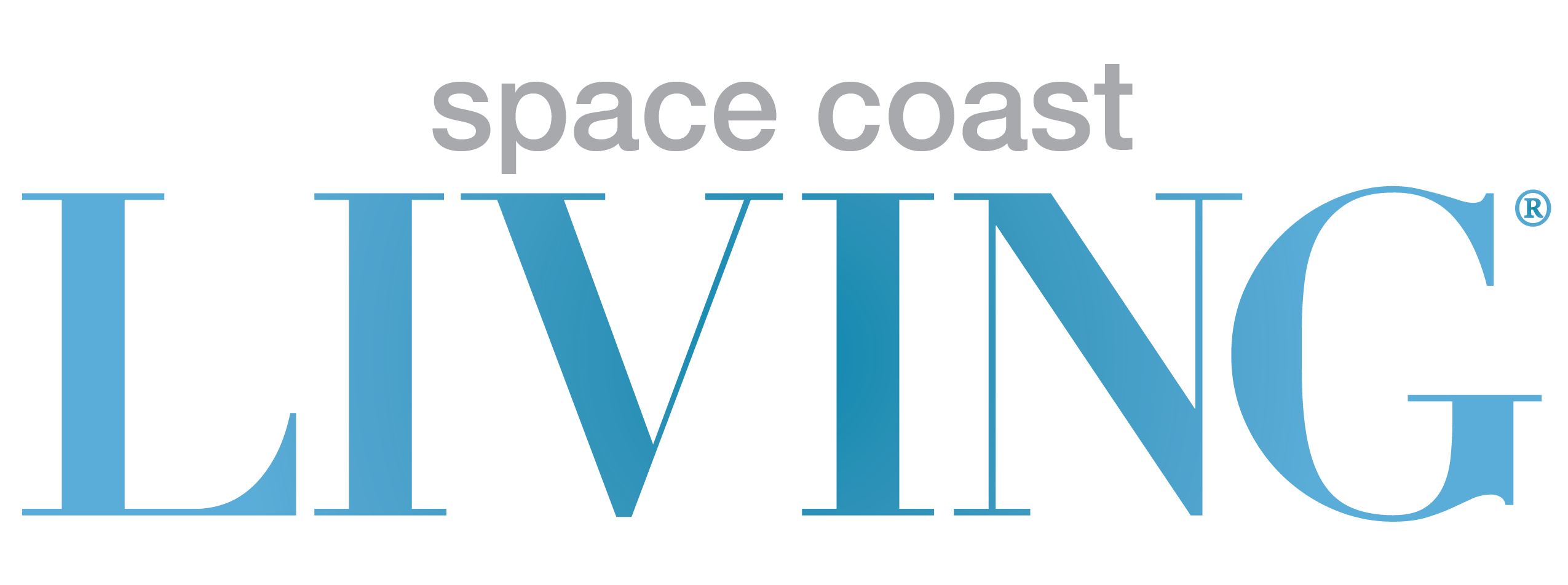
Getting Back to the Basics of Investing
Building a nest egg to ensure financial security remains a popular New Year’s resolution. Actually accomplishing that goal can sometimes prove elusive. Wells Fargo Advisors CFP®, First Vice President-Investment Officer Leasha Flammio-Watson says, when it comes to keeping on track and maintaining your focus, it’s best to focus on the basics. “In the world of investments today there are an endless array of strategies designed to help you make the most of your money, you can easily become overwhelmed. While there are always new ideas to consider, many times it’s better to stick to the basics.”
How to Get the Most “Bang for Your Buck”
-Stay On Budget
- Sit down and evaluate how you spent your income in 2009.
- Ask yourself-did I really need it, or did I just want it?
- Make a commitment this year to stay on track.
- Allow yourself a certain amount every paycheck (after your savings) to spend on whatever you want (401k and emergency saving account come first).
-Pay Yourself First
- Save before you spend rather than save what’s left after you spend.
- Set up systematic deposits from your checking account into your investment accounts (including your IRAs) on a regular basis.
- You can also have a portion of your paycheck deposited into your investment account every payday.
-Start Investing Early
- The earlier the better to receive the optimum benefits of compounded returns.
- By reinvesting your returns you earn money on both your original investment and any growth you’ve experienced as well.
-Stop Procrastinating
- It’s very tempting to spend money on the latest “stuff.” Saving for retirement or education may mean forgoing some pleasures today in order to set money aside for the future.
-Prioritize Your Long-Term Savings Needs
- Prioritize your goals and decide how to finance them.
- Most will be financed through savings, but others may require some debt. (For example, if saving for both college and retirement isn’t possible, borrowing to pay for college is a better option than borrowing for ongoing post retirement expenses).
-Participate in Employer Sponsored Savings and Retirement Plans
- Pretax contributions can really pay dividends, and if your employer offers a matching contribution, you’re actually getting paid to save.
4518




